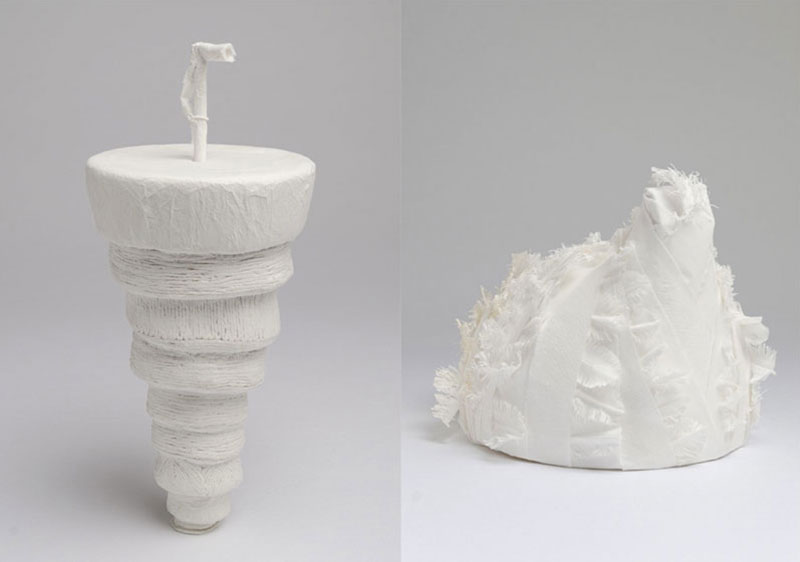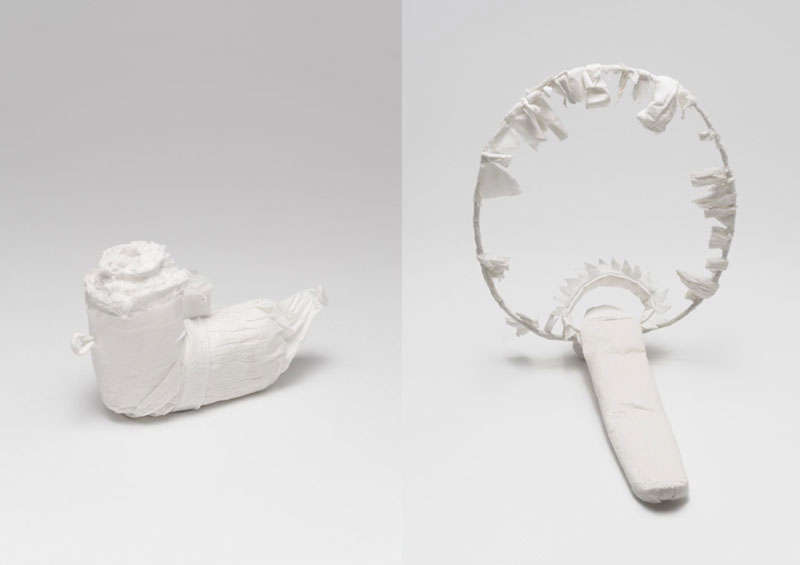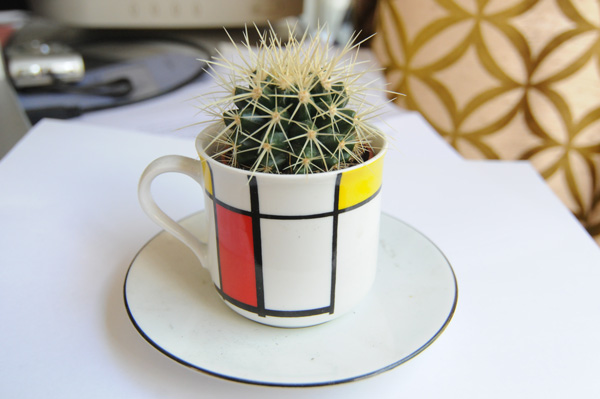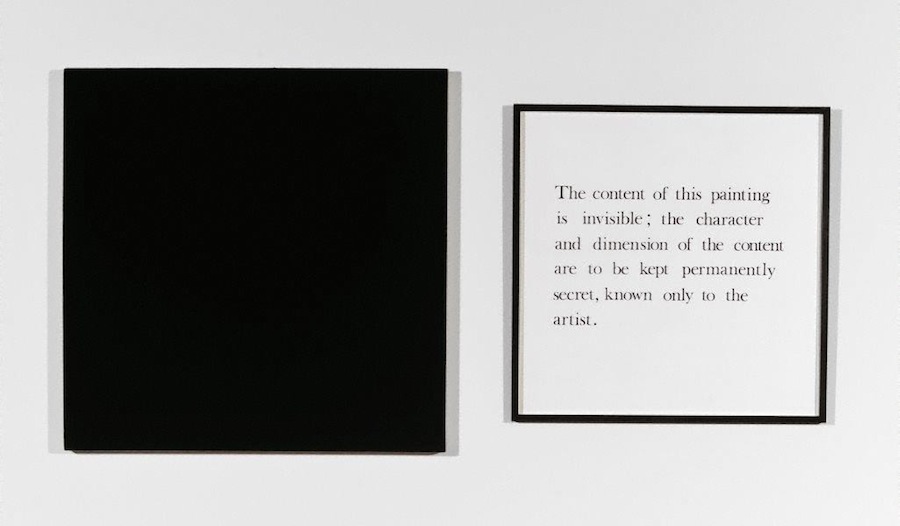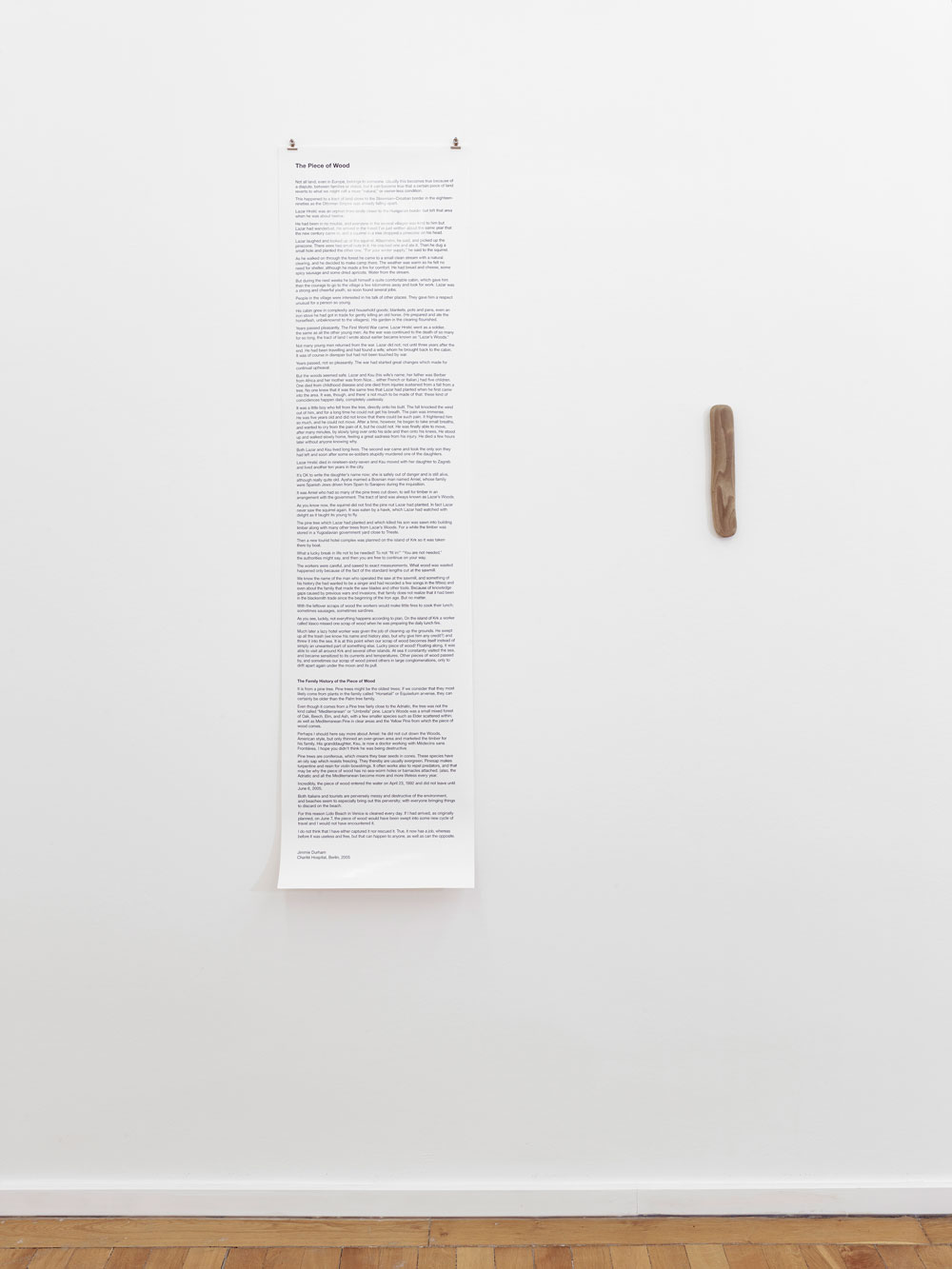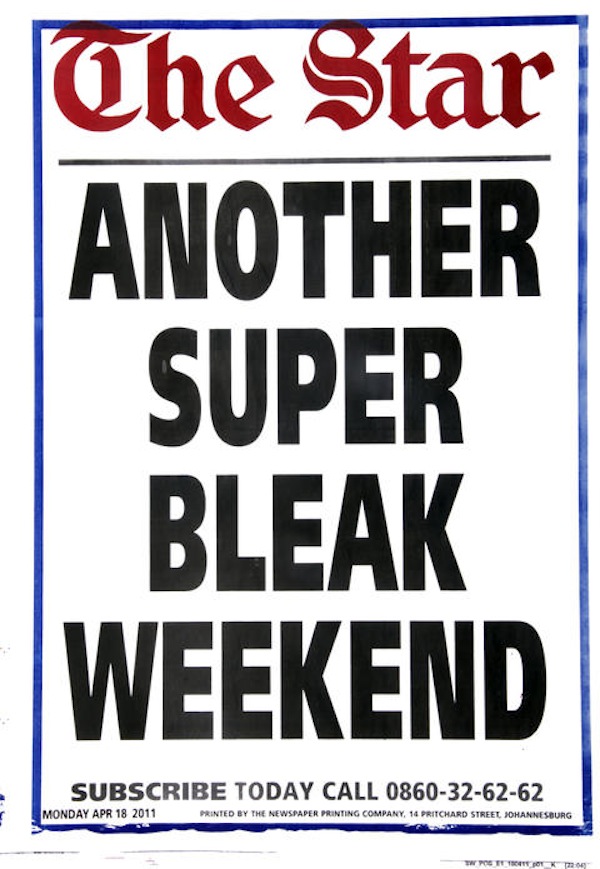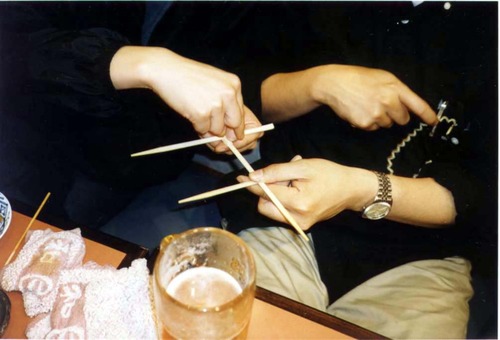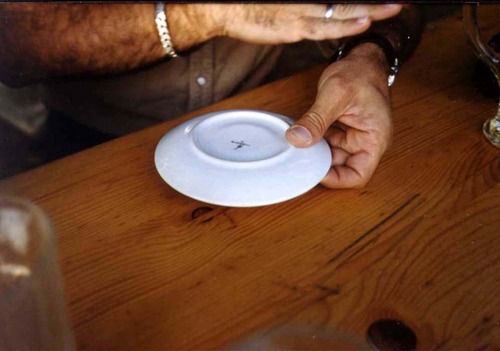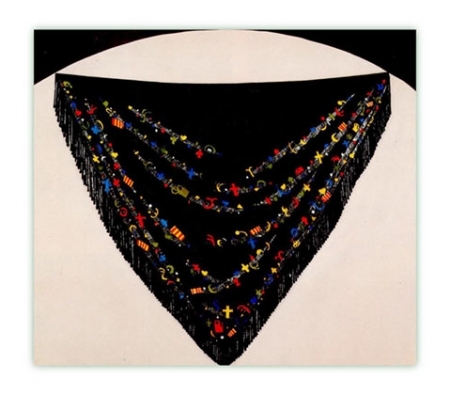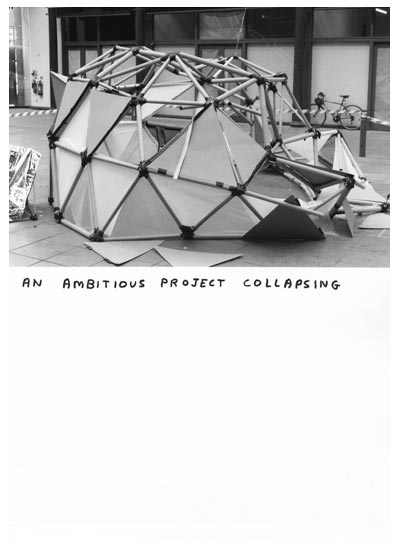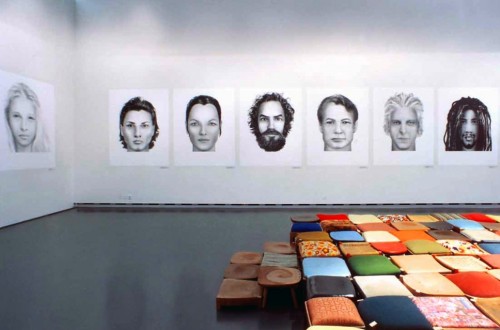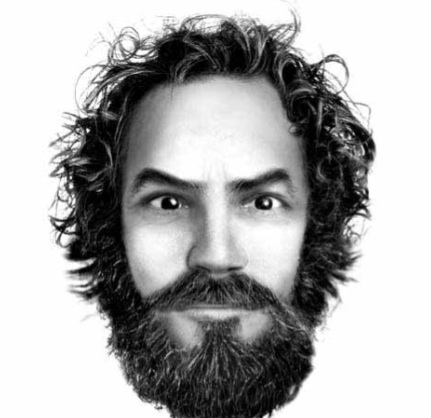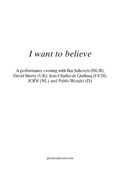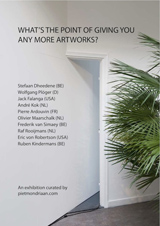Pierre Joseph, June/July 1998
ON THE JOB (DIARY)
In a low-power small business, Safety and Telecommunications (Excerpts)
Translated from french by Simon Pleasance & Fronza Wood
Thursday 25 June
Downtown Nice
Changing an intercom plate for a videophone at the entrance of a building. When you unscrew the plate with the buttons and names of the correspond occupants, you find a mass of wires. Each wire is connected to an apartment by way of the building’s insulation ducts. We’re putting the last videophones in the apartments where the occupants were out, first time around. You have to drill a hole through the landing wall into the apartment and feed the cable through it. This cable conveys both video picture and voice. In a technical workshop, you run the installation by switching from one network to the other,from the old to the new. To do this, you use scotch locks (made by the 3M company). These are plugs into which you insert the cables to be connected; when you’ve flattened them with a pair of pliers, they make the contact. The small cables are then soaked in oil which makes them waterproof and gives them a long shelf life.
Friday 26 June
Nice la Plaine
A zone to be fitted with a fire detector in a new, redeveloped area. We have to make a loop by hooking up to the existing network with an input and an output. Essentially (in terms of time), this consists in feeding the cables above the false ceilings between the different rooms, based on a previously established plan. We wrap one ring of adhesive tape round the input cables, and two round the outputs. Otherwise we’d get into a muddle. There are all sorts of tricks for passing the insulation ducts (which hold the cables) over long distances, without taking the whole false ceiling apart. Next, we draw the cables inside the ducts using a length of wire already attached to them, which is what we hook on to. These manoeuvres may seem to be complicated and somewhat like an obstacle race, when looked at from afar, but when it comes down to it they’re quite easy to carry out. The detectors are installed between an input and an output on a square of false ceiling. I didn’t deal with any of the connections, but I installed and hooked up the detector’s warning lights. The red to the + and the white to the -. When lit, these lights at the entrance to the rooms show that a detector has been activated. It would seem that a gas can spread when the central unit detects an activation in two places. The “halon” neutralizes the oxygen, and without oxygen the fire goes out. A time delay system accompanied by an acoustic warning signal will tell people to evacuate their working place as quickly as possible, before the gas becomes dispersed (in due course it’ll starve people of oxygen too…)
Wednesday 1 July
Villeneuve-Loubet
A villa on the heights owned by Kuwaitis. A definite change of scenery. Several rooms have to be fitted with TV plugs. They must all be able to receive independently a different digital satellite programme. As things stand, the villa only receives standard terrestrial programmes (TF1, 2 and 3, M6…), which are already cabled and available throughout the hamlet. Our job is to install dishes on the roof to pick up satellite programmes and feed them into the different rooms of the house. We can’t use the existing TV cables to distribute everything. The major obstacle today is to find ways to feed the cables round a house where all the building work has been completed and all the fittings and fixtures are in place. To get round this, we use ducts that have been embedded early on by the builders in the structure–the duct for the earth aerial, and the one used for an alarm, for example. Any way through is okay when it comes to laying a cable, as long as you can’t see it. A plumbing space, running beneath the whole villa, offers us various access points on the ground floor, from under the floor.
Thursday 2 July
Villeneuve-Loubet
Three satellites have to be picked up in sequence using two dishes. One of the two dishes has two heads, so on its own it can pick up Hotbird and Eutelsat–13 and 16 degrees east, respectively. Astra, at 19 degrees east, is picked up by the second dish. It’s the direction of the dish and its angle which make the difference. Two poles are used, one vertical and the other horizontal. With these two positions it’s possible to receive different programmes. The demodulator supplies the heads. With Magic Switch, a small box fitted in the middle, it’s possible to switch poles.
Friday 3 July
Villeneuve-Loubet
An entry phone to be changed. Then we connect another open cable that can be used by the person who’s fitted the alarm in the villa. This person must provide a normally closed contact. In this way, by way of the entry phone, the alarm should be hooked up to the janitor. Next, we update an entry phone installation, followed by installing a satellite dish, in another villa. We use a needle, a nylon rod with a hook, to feed the new cable through the original sheaths. When there’s a problem sliding the cable along inside it, we lubricate it with some special stuff called Yellow. It’s always a miracle when we manage to get the cable all the way through. Installation of a hoop round the chimney (on the roof) and fitting a satellite dish. This is the first time I do all this on my own.
Monday 6 July
Sophia Antipolis (Valbonne)
Starting from a central fire unit, we have to wire seven outside doors. The doors are located in different parts of a huge building. We make liberal use of the already existing conduits, which hold the detection cables, to lay ours. We have to feed 2 x 2.5 cable through them, a size that corresponds with the distance to be covered. We’re actually moving 24V over several hundred yards. A large cable prevents energy loss. It’s 1 pair cable, which means that the cable has two wires. The cable is rolled round a drum, like a large spool… ??Tuesday 7 July ?Sophia Antipolis (Valbonne)?Laying cables making as few holes as possible: Eric finds ways through that we hadn’t even dreamed of finding. In the false ceilings, which we access through just a couple of drill holes, we finally manage to get the cable all the way across.
Wednesday 8 July
Sophia Antipolis (Valbonne)
In the auditorium we connect the fire doors with the hiro tube–this is a grey tube whose flared end is also called a tulip. I fix it on to a larger tube with the help of some straps. ??Thursday 9 July ?Sophia Antipolis (Valbonne)?We finish up our access to the door using a few yards of duct which we fix in place. “Fix” is a verb you can use for anything and everything: fix the tools (tidy the tools), fix the ladder (go and get the ladder), fix the duct (install the duct). We reckon we’ve laid over 400 yards of cable to hook up the seven doors.
Friday 10 July
Sophia Antipolis (Valbonne)
I have to go back to the central unit, this time to install the charger. I drop the cable (which was coiled, i.e. rolled up to store and identify it) from the false ceiling, inside the framework. I’ve made sure to fix it with Raymond clips to the IPN, a sort of iron rail, a cable path, designed so that nothing trails on or touches the false ceiling. Two more cables also have to use this path. Once again we go fishing to find these cables that will connect our charger to the central unit, our output to the doors and the 22OV supply. To fish the cables from the partition, all you have to do is make a hole in the partition with a saw bit. Using a piece of bent wire, you then try to locate the right cable and pull it free of the partition structure. You can then fix the charger with HLDs, which are rawlplugs made specially for thin plaster partitions. You position the charger in such a way that it also hides the round hole made by the saw.
Wednesday 15 July
Sophia Antipolis (Valbonne)
Fitting Dorma locks on our doors. This is almost a locksmith’s job, because we have to work aluminium and metal. The Dormas have to be fitted at the top of the aluminium frames using a template. Six-gauge bolts are used all round. If there’s a hypothetical alarm, the central unit cuts the power to the Dormas and the latch is released, which allows the doors to open. It’s also possible to use the circuit breaker positioned beside the emergency door. This is a green button with a false glass panel that acts as a switch. We fit them at the same time as the locks.

